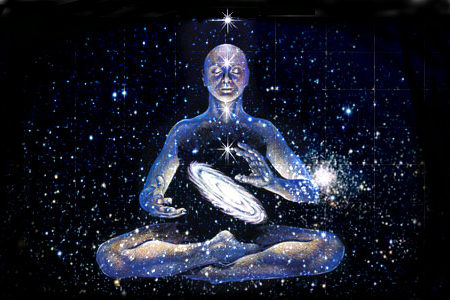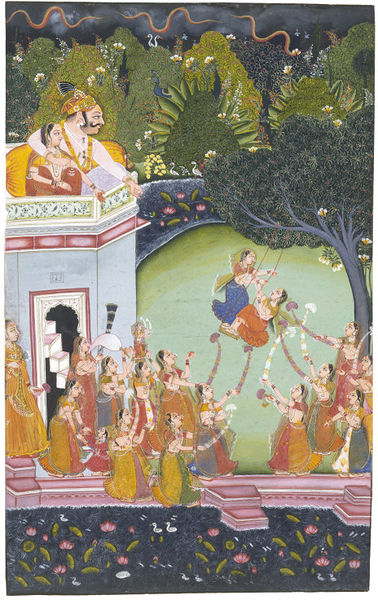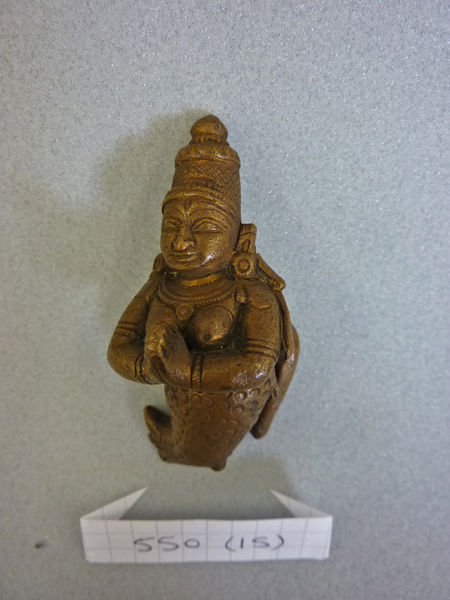real original Image with true description ancient aa india
main sourse of ancient india from columbie .edu
sourceIndex of /itc/mealac/pritchett/00routesdata
Name Last modified 0001_0099/ 06-Dec-2017 17:37
0100_0199/ 06-Dec-2017 17:37
0200_0299/ 06-Dec-2017 17:37
0300_0399/ 06-Dec-2017 17:37
0400_0499/ 06-Dec-2017 17:37
0500_0599/ 06-Dec-2017 17:37
0600_0699/ 06-Dec-2017 17:37
0700_0799/ 06-Dec-2017 17:37
0800_0899/ 06-Dec-2017 14:47
0900_0999/ 06-Dec-2017 17:37
1000_1099/ 06-Dec-2017 17:37
1100_1199/ 06-Dec-2017 17:37
1200_1299/ 06-Dec-2017 17:37
1300_1399/ 06-Dec-2017 17:37
1400_1499/ 06-Dec-2017 17:36
1500_1599/ 06-Dec-2017 17:36
1600_1699/ 06-Dec-2017 17:36
1700_1799/ 06-Dec-2017 17:35
1800_1899/ 06-Dec-2017 17:34
1900_1999/ 06-Dec-2017 17:34
bce_099_000/ 06-Dec-2017 17:34
bce_199_100/ 06-Dec-2017 17:34
bce_299_200/ 20-Feb-2018 08:43
bce_399_300/ 06-Dec-2017 17:34
bce_499_400/ 06-Dec-2017 17:34
bce_500back/ 06-Dec-2017 17:34
ga.sh 06-Dec-2017 15:22
graphics/ 06-Dec-2017 16:18
THE BHAGAVAD GITA columbia.edu
http://www.columbia.edu/itc/mealac/pritchett/00routesdata/0100_0199/gita/patachitra/patachitra.html
| *Maha-bharata* | The Gita is located just at the beginning of the great battle of Kurukshetra, described in the great epic "Mahabharata," which may be the longest epic poem in the world |
| The classic scene in which the Gita is spoken by Krishna to Arjuna on the battlefield is here depicted in Orissan pata-chitra versions | |
| Versions in kalamkari, from Andhra Pradesh | |
| And in Madhubani, from Bihar | |
| And in Tanjore style, from Thanjavur | |
| And in metalwork | |
| And in modern printed form | |
| A new, huge ISKCON image, reimagining the setting in terms of Mughal and Rajput miniature painting conventions | |
| Krishna's revelation to Arjuna of his cosmic self is depicted in kalamkari (though not half as terrifyingly as in the text itself) | |
| And in Madhubani style | |
| And in painting | |
| And in modern printed forms | |
| After the lesson, Arjuna is ready to launch the great fratricidal war, and Krishna urges the horses into battle, as shown in batik form | |
| And in modern printed form as well |
content for
A modern Orissan pata-chitra of the famous opening Gita scene
Source: ebay, June 2001
The lesson of the Gita; a modern pata-chitra painting from Orissa
Source: http://www.exoticindiaart.com/paintings/PC60
(downloaded March 2001)
A more colorful pata-chitra version
Source: http://exoticindia.com/product/PD71/
(downloaded Dec. 2004)
Another modern version
Source: http://www.exoticindia.com/product/PE54/
(downloaded July 2005)
== Indian Routes index == Indian Routes sitemap == Glossary == FWP's main page ==
0100_0199/gita/vishvaprints/vishvaprints.html
Vishnu Avatar
0100_0199/gita/vishvaprints/vishvaprints.html
A print from the Ravi Varma Press, c.1910's
Source: ebay, Nov. 2006
Another version, with no fangs: a bazaar art print from c.1910-20
Source: ebay, Feb. 2006
A Vishva-rupa print, Bombay, earlier 1900's
Source: ebay, June 2002
Another early print of the same scene; click on the image for a very large scan
Source: Bought on ebay and scanned by FWP, Apr. 2009
A print by C. Konddiah Raja, c.1950's
Source: ebay, May 2006
Bazaar art, c. mid-1900's
Source: ebay, May 2007
A modern religious poster
Source: ebay, Sept. 2008
"The universal form," from an ISKCON (International Society for Krishna Consciousness) website
Source: http://www.asitis.com/gallery/plate31.html
(downloaded Nov. 1999)
Bazaar art, c.1980's; this one seems to suggest a little of the "fire of time" imagery
Source: ebay, Dec. 2007
Bazaar art, c.1990's
Source: ebay, Apr. 2008
Bazaar art, c.1990's; two gold-bordered versions
Source: ebay, Oct. 2008
== Indian Routes index == Indian Routes sitemap == Glossary == FWP's main page ==
the battlefield of Kurukshetra,
On the battlefield of Kurukshetra, Krishna prepares to instruct Arjuna, a modern poster
Source: http://spiritweb.org/Spirit/image-gallery.html?topic=Vedic%20Deity
(downloaded Oct. 1999)
Another representation of the scene
Source: http://www.bhagvatgita.com/krishna2.jpg
(downloaded Dec. 2004)
Bazaar art print, c.1940's
Source: ebay, May 2005
A didactic print from the 1960's that uses the Gita scene as a focal point for general religious instruction
Source: ebay, Mar. 2006
Krishna appears simultaneously as charioteer and as deity (bazaar art, c.1990's)
Source: ebay, Sept. 2008
== Indian Routes index == Indian Routes sitemap == Glossary == FWP's main page ==
Religious customs in Narsinga (an old name for Vijayanagar); from a five-volume set of travel accounts of 'India Orientalis' and elsewhere, by Johann Theodore de Bry and Johann Israel de Bry, Frankfurt, c.1599; more engravings from this work, some with modern hand coloring:
*Some Arab and Ethiopian inhabitants of Goa*
*Fishing boats of Goa and Cochin*
*"A foist with a Portuguese pavilion"*
*A shipwreck during a voyage that included Goa and Point de Galle*
*"Illustration of a certain horrible robbery, perpetrated in the state of Goa" [a wife conspires to rub and murder her husband]*
*Wedding rituals in Ballagate, near Goa*; *the whole page*
*Funeral rituals in Ballagate*; *the whole page*
*"Balliadera" [bayadere]*; *the whole page*
*Village life in India*; *the whole page*
*Brahmins and merchants*; *the whole page*
*The King of Bali*
*View of a market in Bantam*
*People of Malacca*
*People of Sumatra*
*Javanese dancers*
*Javanese drummers*
*A council in Java*
*A Javanese trireme*
*An attack on a Dutch ship in Java*
*Dutch ships in Amboina*
*Nomination of a regent in China*
*Women warriors of Monomotapa, southern Africa*
*Mexicans killing captives*
*Dutch warships off the island of Brava, Costa Rica*
*The Dutch in the island of Mocha, Chile*
Source: ebay, Jan. 2008
== Indian Routes index == Indian Routes sitemap == Glossary == FWP's main page ==




























